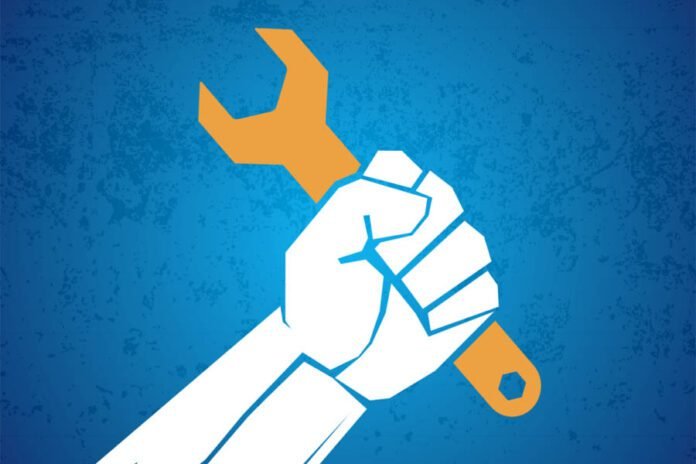Right to Repair Explained It has become meaningless to imagine a modern lifestyle without products like TV, fridge, washing machine. With the progress of the country and increase in people’s income, the trend of owning a private car has also increased rapidly. Be it household products, mobile phones or cars, people buy these things with great enthusiasm. However, sometimes such cases also come to light that some time after purchase, some defect is found in them. In such a situation, help is rarely available from the shopkeeper, because often he does not provide any help other than advising to go to the service center.
Now this is where the customer troubles begin. Many times, customers become so fed up of frequent visits to the service center that they consider it better to leave the old item and get a new one. Lack of clarity regarding the prices of spare parts also plays an important role in this, as service centers often charge exorbitantly for repairs and spares. For this reason also people think that if they get repaired, they should get a better new one. This is also a major reason behind the increase in e-waste in the country.
Now the government has taken initiative to deal with the problems of customers and the increasing e-waste. Recently the government has brought the ‘Right to Repair’ framework (Right to Repair Act India). Under this, manufacturing companies belonging to four sectors have been asked to provide detailed information about their products and the parts used in them along with their repair facilities on the ‘Right to Repair’ portal.
What is Right to Repair Framework?
In modern life, our dependence on electronic devices is continuously increasing. From smartphones to laptops, these devices have become an integral part of our daily lives. But what happens when these devices break down? Is the only option to get it repaired by the manufacturer? This is where Right to Repair comes into play. The Right to Repair framework introduced by the government gives consumers the right to get their appliances repaired or maintained at a reasonable cost. The government has asked the manufacturing companies associated with the products of four sectors to provide detailed information about their products and the parts used in them along with the repair facilities on the Right to Repair portal.
These four sectors have been included
The four sectors that have been brought under its ambit include farming equipment, mobile-electronics, consumer durables and automobile equipment. Farming sector mainly includes water pump motor, tractor parts and harvester, while mobile-electronics mainly includes products like mobile phone, laptop, data storage server, printer, hardware and software. Consumer durables include various products like TV, refrigerator, geyser, mixer, grinder, chimney, while the automobile sector includes passenger vehicles, cars, two-wheelers and electric vehicles.
This initiative will save customers from becoming victims of fraud
The intention of the Central Government is also to protect the customers from fraud through Right to Repair. Many times, after such items get damaged, customers do not have adequate or correct information, due to which the repairer charges arbitrary prices and customers become victims of fraud. The main reason for this is that there is no clear information available anywhere regarding the price of spare parts required for repair or the cost of getting it repaired. Many times, the service center or outside mechanics even say that the life of your item is over, it is better to buy a new one instead of getting it repaired, whereas after repairing it, it can be used for a long time. Could. To overcome such problems, Right to Repair framework has been brought.
E-waste can be reduced
The government’s Right to Repair initiative can prove to be very effective in controlling e-waste. On the Right to Repair portal, along with the customer care of the company, there will also be information about things like the parts included in the product and their price. This framework will also bring transparency regarding the goods sold to the consumer. On the Right to Repair portal, the company will provide information about its authorized service centers as well as third party service centers. This will not only save consumers’ money, but will also motivate people to repair and use old items instead of buying new ones.
Benefits of Right to Repair
- Right to repair can reduce repair costs and give consumers more control over their devices.
- Right to Repair could create new employment opportunities for independent repair shops. This can boost the local economy and develop technical skills.
- Often, broken devices are thrown away as waste, causing harm to the environment.
- Right to Repair can contribute to environmental protection by encouraging repairs and reducing waste.



